News Beat
News Beat reporting is an idrw.org initiative to let our Readers to report News Based on Actual facts but some how has not been reported in Main Stream Media .
SOURCE: RAUNAK KUNDE / NEWS BEAT / IDRW.ORG
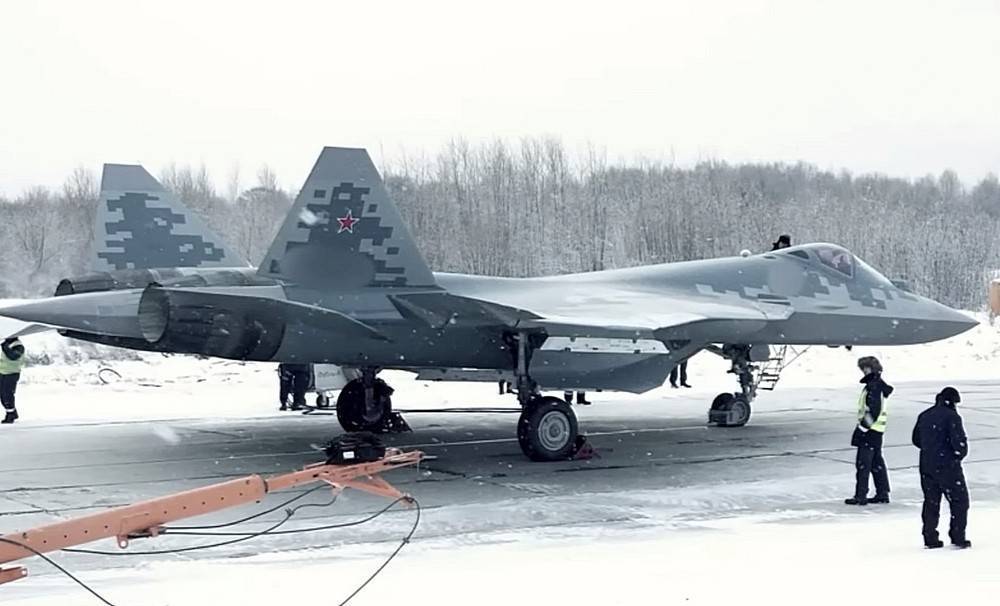
Russia is making a renewed push to attract India to its fifth-generation Su-57 fighter jet program, claiming to have addressed key concerns raised by the Indian Air Force (IAF) that led to India’s exit in 2018.
The IAF had reservations about the baseline Su-57, particularly its engine and stealth capabilities. The original AL-41F engine, based on the Su-30MKI’s engine, limited the jet’s ability to achieve sustained supersonic speeds without afterburner, a vital feature for a true fifth-generation fighter. Additionally, the IAF questioned the overall stealth design of the Su-57.
Continue readingSOURCE: RAUNAK KUNDE / NEWS BEAT / IDRW.ORG
In a bid to overcome the challenges faced in its High-Altitude Long-Endurance (HALE) Unmanned Aerial Vehicle (UAV) program, the Aeronautical Development Establishment (ADE) is seeking foreign expertise. General Atomics, a renowned aerospace and defense company, has extended an offer to act as a consultant for India’s HALE UAV development.
The ADE’s previous attempts at developing UAVs, particularly the Medium-Altitude Long-Endurance (MALE) UAV, Tapas, have been marred by delays and performance issues. This has cast a shadow over the ambitious HALE UAV project.
Continue readingSOURCE: RAUNAK KUNDE / NEWS BEAT / IDRW.ORG
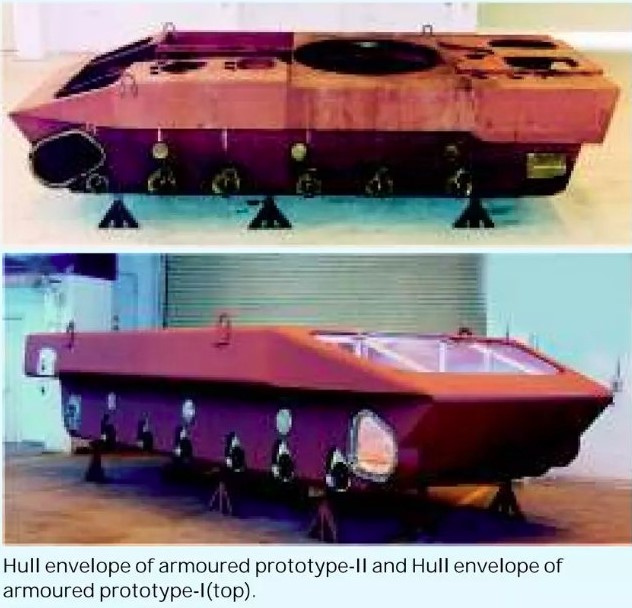
India’s DRDO (Defence Research and Development Organisation) has achieved a significant breakthrough in tank design with the Zorawar Light Tank. The 25-ton tank is the first to utilize a Composite Armour Monocoque construction, leading to a remarkable 40% weight reduction compared to traditional steel-armoured vehicles.
The Composite Armour Monocoque technology integrates the hull and Armour of the tank into a single, unified structure. This innovative approach eliminates the need for a separate chassis, resulting in a lighter and more agile combat platform.
Continue readingSOURCE: RAUNAK KUNDE / NEWS BEAT / IDRW.ORG
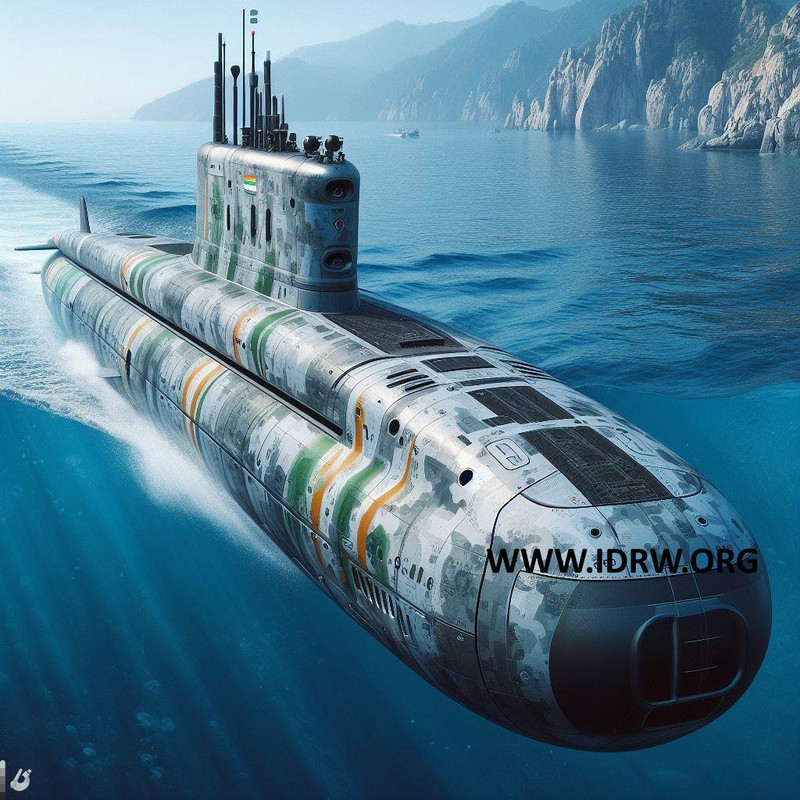
In a significant advancement for India’s naval capabilities, the Defence Research and Development Organisation (DRDO) has received authorization to commence the design of a next-generation conventional diesel submarine as part of Project-76. While comprehensive details of the program are still emerging, several key aspects have been confirmed, highlighting the ambitious scope and advanced technological integration envisioned for the new submarines.
The Indian Navy has specified that the new submarines must incorporate the latest Air-Independent Propulsion (AIP) technology and lithium-ion batteries. These innovations are expected to enhance the submarine’s endurance and operational efficiency. The planned displacement of the submarine is nearly 3,000 tonnes when submerged, positioning it as a formidable asset in India’s underwater fleet.
Continue readingSOURCE: RAUNAK KUNDE / NEWS BEAT / IDRW.ORG
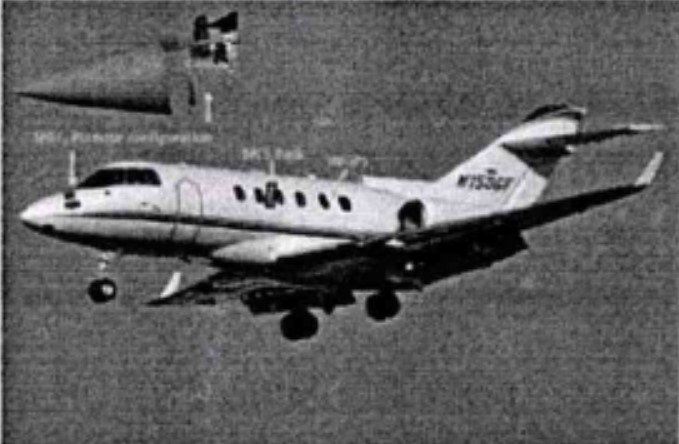
The Instruments Research & Development Establishment (IRDE), a premier laboratory of India’s Defence Research and Development Organisation (DRDO), has made a significant breakthrough with a new airborne Search and Track System. This indigenous system holds immense potential for enhancing the capabilities of Indian military aircraft.
To evaluate the system’s real-world performance, IRDE plans to integrate and test it on a leased British Aerospace BAE 125-800A aircraft, also known as the Hawker. The system comprises two Line Replaceable Units (LRUs): a Sensor Head Unit (SHU) and a Processing Unit (PU). These units will be strategically placed on the aircraft – the SHU housed in the nose section with its dome protruding outside for optimal signal reception, and the PU positioned entirely within the nose section for secure operation.
Continue readingSOURCE: RAUNAK KUNDE / NEWS BEAT / IDRW.ORG
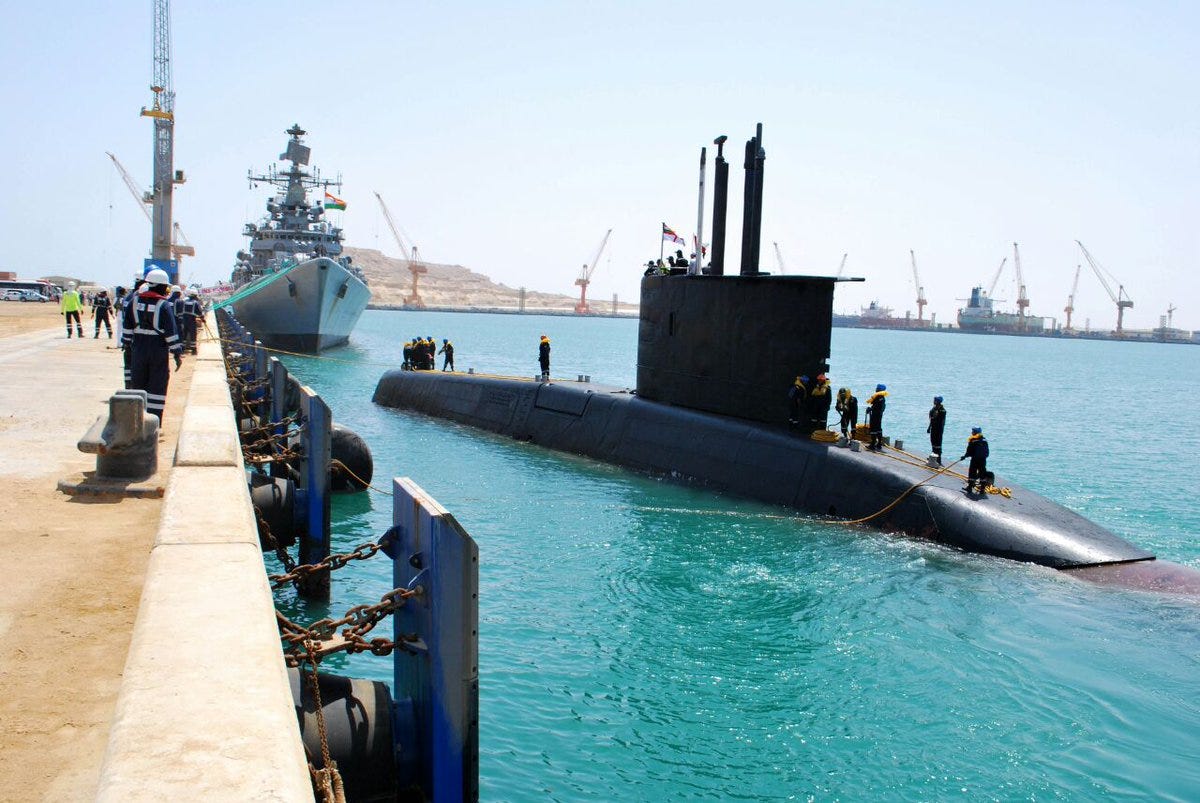
The Indian Navy’s fleet of Shishumar-class submarines, based on the German Type 209 design, is set to continue serving the nation for years to come. German shipbuilder Thyssenkrupp Marine Systems (TKMS) has pledged its unwavering support in maintaining these vital vessels, even if the Indian Navy decides to extend their operational life for another 10-15 years.
The Shishumar class represents a successful collaboration between India and Germany. The first submarine, INS Shishumar, was commissioned in 1986, while INS Shankul, the youngest of the fleet, joined the Indian Navy in 1994. Despite their age (with INS Shishumar nearing 40 years of service), these submarines remain a crucial part of India’s underwater defence capabilities.
Continue readingSOURCE: RAUNAK KUNDE / NEWS BEAT / IDRW.ORG

Recent reports suggesting a collaboration between India and Russia for local manufacturing of Su-30MKI/SM aircraft for export raise doubts about its viability. While this could potentially help Russia circumvent export sanctions due to their banking system, several factors make it a commercially unappealing proposition.
Analysts at idrw.org believe Indian-built Su-30MKIs will struggle to compete with their Russian counterparts due to a significant cost difference.
Continue readingSOURCE: RAUNAK KUNDE / NEWS BEAT / IDRW.ORG

The Indian Air Force (IAF) is gearing up for flight trials of the TARA (Tactical Advanced Range Augmentation) precision guidance kit, a significant development by DRDO (Defence Research and Development Organisation). The ADM& SPJ division of AIRPPNCSS Group within ARDE (Armament Research and Development Establishment) has formally requested flight test support from Hindustan Aeronautics Limited (HAL) on Su-30 MKI aircraft.
TARA represents a major leap forward in the IAF’s air-to-ground weaponry. This indigenous guidance kit transforms unguided bombs into smart munitions, significantly enhancing their accuracy and effectiveness.
Continue readingSOURCE: RAUNAK KUNDE / NEWS BEAT / IDRW.ORG
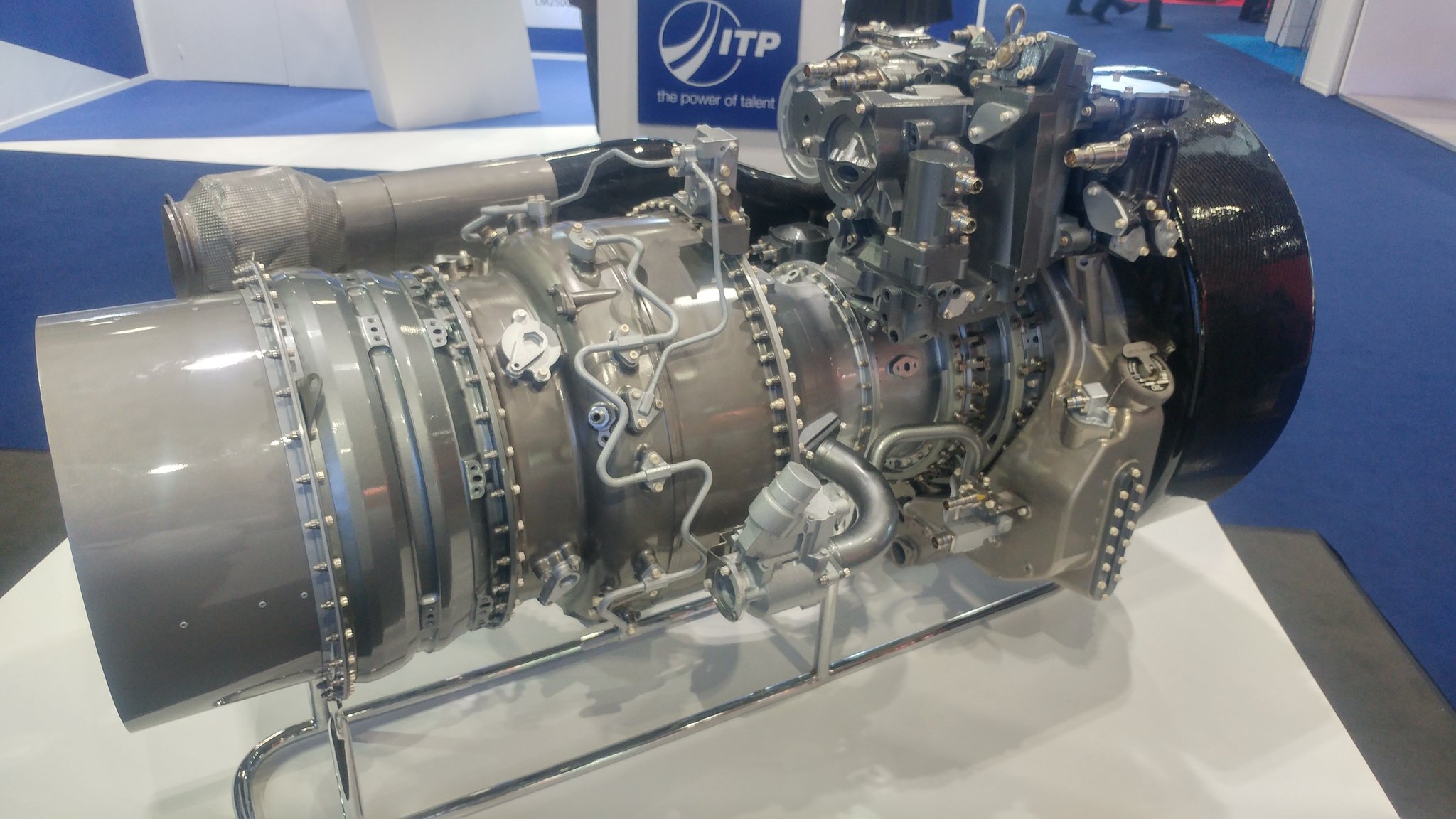
Hindustan Aeronautics Limited (HAL), India’s premier aeronautical manufacturer, has announced a significant collaboration with Safran Helicopter Engines. This partnership will focus on the development and integration of a new, indigenous engine for the Indian Multi-Role Helicopter (IMRH) program.
HAL will initially utilize Safran’s ANETO-1H engine for the IMRH’s development and testing phases on the Intermediate Multi-Role Helicopter (IMRH) and Deck Based Multi-Role Helicopter (DBMRH) variants. The ANETO-1H, currently used on the AW189 helicopter with a power range of 2500shp, will provide a reliable platform for these crucial initial stages. RWRDC (Rotary Wing Research and Development Centre) will acquire a total of 12 ANETO-1H engines, with deliveries expected within 24 months of contract finalization.
Continue readingSOURCE: RAUNAK KUNDE / NEWS BEAT / IDRW.ORG
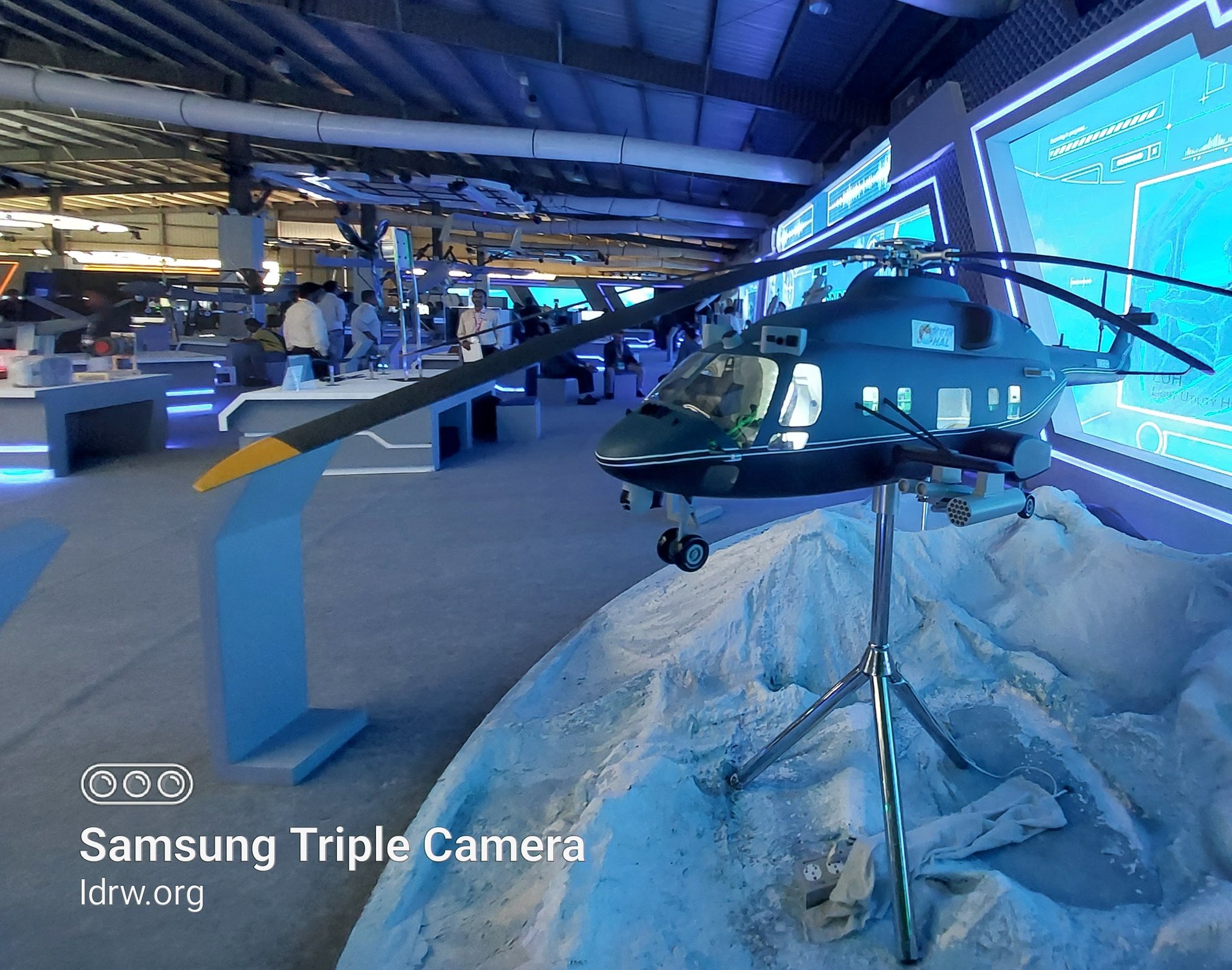
HAL Chairman C B Ananthakrishnan revealed that after thorough discussions with the Indian Army, Indian Navy, and Indian Air Force, the combined requirements for the IMRH stand at 419 units. This new 12-13-ton class medium-weight helicopter is set to replace the aging Mi-17 series helicopters currently in service.
Out of the total 419 IMRH units, 66 are designated as Deck-Borne Multi-Role Helicopters (DB-MRH) for the Indian Navy. These maritime helicopters will feature a higher all-up weight and customized configurations to meet the specific operational demands of naval missions. The remaining 353 IMRH units will be allocated to the Indian Air Force (IAF) and the Indian Army, primarily to replace the Mi-17 series medium helicopters, some of which are nearing obsolescence.
Continue readingSOURCE: RAUNAK KUNDE / NEWS BEAT / IDRW.ORG
The ongoing conflict in Ukraine has underscored the enduring importance of Main Battle Tanks (MBTs) in modern warfare. The use of both old and new MBTs by Russia has highlighted the necessity of maintaining substantial reserves to address the potential for prolonged conflicts, which can stretch over months or even years. This scenario has significant implications for militaries worldwide, including the Indian Army, which ranks fifth globally in MBT numbers.
The Indian Army is currently planning to retire its fleet of T-72 tanks starting in 2035, with a view to placing them in reserve. Recognizing the evolving nature of warfare, the Defence Research and Development Organisation (DRDO) has proposed converting these T-72s into Autonomous Main Battle Tanks (AMBTs). This transformation would enable the Indian Army to deploy these unmanned tanks in high-risk scenarios where the likelihood of their destruction is elevated due to advances in Anti-Tank Guided Missile (ATGM) technology.
Continue readingSOURCE: RAUNAK KUNDE / NEWS BEAT / IDRW.ORG

India’s Hindustan Aeronautics Limited (HAL), a state-owned aerospace giant, is gearing up for the future with plans to adopt a suite of advanced robotics and digital manufacturing tools. This integration aims to revolutionize the design, production, and support systems for their military helicopters, specifically the Medium-class Indian Multi-Role Helicopter (IMRH).
HAL’s embrace of robotics signifies a significant shift towards automation and enhanced precision in helicopter production. Exactly what these “robotics tools” entail remains undisclosed, but they likely encompass robotic arms, automated welding systems, and other intelligent machines capable of performing complex tasks with exceptional accuracy and repeatability.
Continue readingSOURCE: RAUNAK KUNDE / NEWS BEAT / IDRW.ORG
India’s ambitious 5th generation Advanced Medium Combat Aircraft (AMCA) program is nearing a critical milestone. With Cabinet Committee on Security (CCS) approval secured and over $2 billion allocated, the Defence Research and Development Organisation’s (DRDO) Gas Turbine Research Establishment (GTRE) is set to make a crucial call – choosing a co-development partner for the AMCA’s engine.
According to reliable sources to idrw.org, DRDO has concluded most discussions with potential partners – French Safran, American GE Aviation, and British Rolls-Royce. Negotiations focused on intellectual property rights (IPR) and investment terms. DRDO will submit its recommendation to the Ministry of Defence (MoD) based on these evaluations.
Continue readingSOURCE: RAUNAK KUNDE / NEWS BEAT / IDRW.ORG

In a move highlighting proactive strategy, Hindustan Aeronautics Limited (HAL) has begun procuring materials for the Light Combat Helicopter (LCH) Prachand, even before finalizing a contract with the Ministry of Defence (MoD) for 156 units.
HAL Chairman C B Ananthakrishnan recently confirmed that the company has initiated material procurement for the LCH. This proactive approach comes after the MoD requested an RFP (Request for Proposal) for the 156 Prachand helicopters, intended for the Indian Army (90 units) and Indian Air Force (66 units).
Continue readingSOURCE: RAUNAK KUNDE / NEWS BEAT / IDRW.ORG
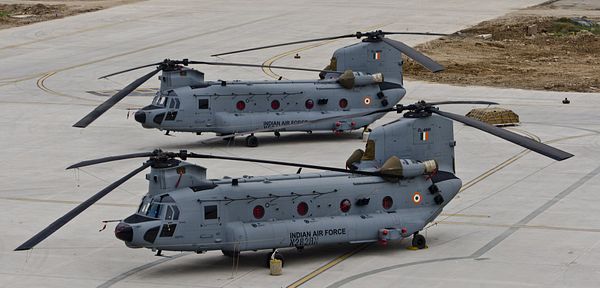
Boeing is strongly pushing to sell additional CH-47F Chinook heavy-lift transport helicopters to the Indian Air Force (IAF). This comes after the successful delivery of 15 Chinooks in 2020 through a $3 billion deal under the U.S. Foreign Military Sales program.
The American aerospace giant is proposing its latest Block II configuration Chinooks to the IAF. The Block II upgrade offers a significant boost in capability, with an additional 4,000 pounds of maximum gross weight and an extended mission radius for most payloads. This translates to increased capacity for transporting troops, equipment, and supplies over longer distances.
Continue reading